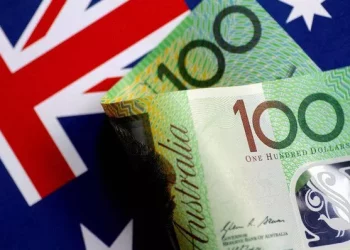The US Dollar Index (DXY), which measures the greenback’s performance against a basket of six major currencies, continued its descent on Friday, nearing a two-week low. At the time of reporting, the index hovered around 99.60, pressured by a retreat in US Treasury yields. The 30-year Treasury bond yield dropped to 5.05%, easing from a session peak of 5.15%—its highest mark since November 2023.
The dollar’s slide comes amid heightened investor concerns over the ballooning US fiscal deficit. Market anxiety has intensified as former President Donald Trump’s proposed budget, dubbed “One Big Beautiful Bill,” edges closer to a Senate vote. Narrowly passed in the House of Representatives with a 215-214 margin, the bill includes tax breaks for tipped income and incentives for US-manufactured vehicle loans. The Congressional Budget Office estimates the proposal would swell the federal deficit by $3.8 billion.
Despite fiscal headwinds, the dollar found temporary support following the release of robust economic data. The S&P Global Composite Purchasing Managers’ Index (PMI) rose to 52.1 in May, up from April’s 50.6, signaling expanding economic activity. The Manufacturing PMI climbed to 52.3 from 50.2, while the Services PMI also advanced to 52.3, compared to 50.8 in the previous month.
Federal Reserve Governor Christopher Waller addressed market concerns on Thursday, emphasizing the impact of fiscal policy on economic outlooks. Waller indicated that if tariffs remain near 10%, economic conditions could remain favorable through the second half of the year, potentially allowing the Fed to consider interest rate cuts. According to the CME FedWatch Tool, traders are pricing in a 71% probability that the central bank will maintain current interest rates through its June and July policy meetings.
Related Topics:
























